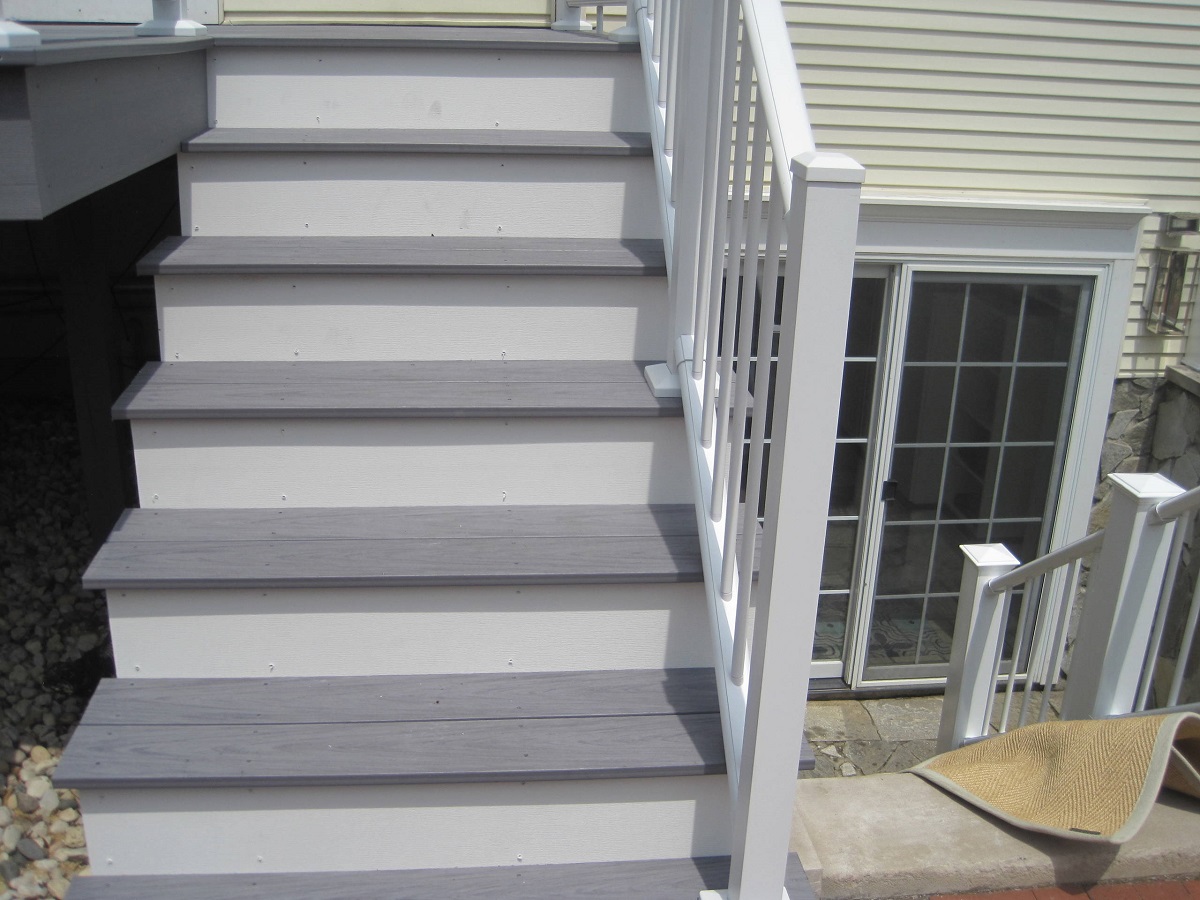

Articles
How To Build Composite Deck Stairs
Modified: January 14, 2024
Learn how to build composite deck stairs with our informative articles. Simplify your deck construction process and create a beautiful outdoor space.
(Many of the links in this article redirect to a specific reviewed product. Your purchase of these products through affiliate links helps to generate commission for Storables.com, at no extra cost. Learn more)
Introduction
Composite deck stairs are a popular choice for homeowners who want to enhance the functionality, aesthetics, and value of their outdoor spaces. Whether you’re building a new deck or looking to upgrade your existing one, adding stairs is an essential part of the process. In this article, we’ll explore the basics of constructing composite deck stairs, including the importance of proper construction and design.
Composite materials, such as composite decking boards, are composed of a blend of wood fibers and recycled plastic. This combination offers several advantages over traditional wood, including increased durability, resistance to rot and pests, and low maintenance requirements. These factors make composite materials a sought-after option for deck stairs.
Before diving into the construction process, it’s important to understand the significance of proper design and construction. Deck stairs need to be sturdy, safe, and built to meet local building codes. Ensuring that your stairs are built correctly is crucial for the safety of you, your family, and your guests.
Improperly constructed stairs can pose significant risks, including trips, slips, and falls. Additionally, poorly designed stairs may not align properly with the deck, leading to an unsightly and dysfunctional space. By taking the time to plan and execute the construction of your composite deck stairs properly, you can create a beautiful and functional addition to your outdoor living area.
Key Takeaways:
- Proper planning, precise construction, and regular maintenance are essential for building safe and durable composite deck stairs that enhance outdoor spaces and provide long-lasting functionality and visual appeal.
- Choosing high-quality composite materials, following local building codes, and adding safety features like slip-resistant surfaces and sturdy railings are crucial for constructing beautiful and safe composite deck stairs that meet the needs of homeowners and guests.
Read more: How To Build A Deck With Composite Decking
Planning and Preparation
Before you start building composite deck stairs, it’s essential to plan and prepare accordingly. This involves evaluating your space and needs, measuring and determining dimensions, and choosing the right materials.
The first step is to evaluate your outdoor space and consider how the stairs will fit into the overall design of your deck. Take into account the size of your deck, the layout, and any existing structures or obstacles that may affect the placement of the stairs. This will help you determine the optimal location for your stair installation.
Next, you’ll need to measure and determine the dimensions of your stairs. Measure the height from the top of the deck to the ground, also known as the “rise.” Then, measure the horizontal distance from the edge of the deck to where the stairs will lead, known as the “run.” These measurements will help you calculate the number of steps needed and the width of each step.
Once you have your measurements, it’s time to choose the right materials for your composite deck stairs. Look for high-quality composite decking boards that are specifically designed for outdoor use. These boards are durable, resistant to moisture and insects, and will withstand the elements over time. Additionally, consider the color and style options available, ensuring that they complement your deck’s overall aesthetic.
When selecting materials, also think about the safety aspect. Look for composite deck boards with a slip-resistant surface to reduce the risk of accidents, especially when the stairs are wet or in high-traffic areas.
Lastly, consider any additional features you may want to incorporate into your stairs, such as handrails or lighting. These elements can enhance both the safety and visual appeal of your composite deck stairs.
By carefully planning and preparing, you will set a solid foundation for the successful construction of your composite deck stairs. Taking the time to evaluate your space, measure accurately, and choose the right materials will ensure a seamless and functional stair installation that meets your needs and enhances your outdoor living area.
Building the Foundation
Building a solid foundation is crucial for the stability and durability of your composite deck stairs. This involves clearing and preparing the area for installation, installing footings and posts, and attaching support beams and joists.
First, start by clearing the area where the stairs will be installed. Remove any vegetation, rocks, or debris that may interfere with the construction process. It’s important to have a clean and level surface to ensure the stability of the stairs.
Next, you’ll need to install footings and posts. Footings provide stability and prevent the stairs from sinking into the ground. Dig holes for the footings at the bottom of each stair location, ensuring that they are deep enough to reach below the frost line. Consult local building codes to determine the specific depth required in your area.
Once the footings are in place, insert the posts into the holes and pour concrete around them. Use a level to ensure that the posts are plumb and aligned correctly. Allow the concrete to cure according to the manufacturer’s instructions before proceeding to the next step.
With the footings and posts secure, it’s time to attach the support beams and joists. The support beams will run parallel to the edge of the deck and provide a sturdy framework for the stairs. Carefully measure and cut the beams to the appropriate length, ensuring that they are level and securely fastened to the posts.
Next, install the joists between the support beams. Joists are horizontally oriented wooden or metal beams that provide additional support for the stairs. They should be evenly spaced and securely attached to both the support beams and the decking boards.
Throughout the process, double-check your measurements, use a level to ensure everything is straight, and reinforce connections with appropriate hardware. Taking the time to build a solid foundation will ensure the stability and longevity of your composite deck stairs.
By clearing and preparing the area, installing footings and posts, and attaching support beams and joists, you’ll create a strong foundation that will support the weight and traffic of your composite deck stairs. This foundation is essential to ensure the safety and durability of your stair installation for years to come.
Constructing the Stair Frame
Constructing the stair frame is a critical step in building composite deck stairs. This involves calculating the rise and run of each step, marking and cutting stringers, and attaching the stringers to the deck frame.
The rise refers to the vertical height from one step to another, while the run refers to the horizontal distance. To calculate the rise and run for your stairs, divide the overall height by the desired number of steps. This will give you the height and width measurements for each individual step.
Once you have determined the rise and run, it’s time to mark and cut the stringers. Stringers are the diagonal support boards that form the structure of the stairs. Start by marking the top and bottom of the stringer according to the rise and run measurements. Use a framing square to ensure accurate and precise markings.
Next, use a circular saw or a handsaw to cut along the marked lines to create the stringers. Take care to make clean and straight cuts to ensure the structural integrity of the stairs. It’s recommended to wear protective eyewear and gloves when cutting the stringers.
With the stringers cut, it’s time to attach them to the deck frame. Position the stringers against the deck, aligning them with the marks previously made. Use decking screws or structural fasteners to secure the stringers to the deck frame. Make sure to drive the screws or fasteners through the stringer and into the support beams or joists, ensuring a strong and secure connection.
Throughout the process of constructing the stair frame, double-check your measurements, use a level to ensure the stringers are plumb and level, and reinforce connections with appropriate hardware. Taking the time to build a solid stair frame will guarantee the stability and safety of your composite deck stairs.
By calculating the rise and run, marking and cutting stringers, and attaching the stringers to the deck frame, you’ll create a sturdy and reliable structure for your composite deck stairs. This step is crucial to ensure the overall stability and safety of your stair installation, providing you with peace of mind and a beautiful addition to your outdoor space.
When building composite deck stairs, make sure to use the appropriate fasteners and connectors to ensure a secure and durable structure. Follow the manufacturer’s guidelines for installation to ensure proper support and stability.
Installing the Treads and Risers
The installation of treads and risers is a vital step in completing your composite deck stairs. It involves measuring and cutting composite decking boards, attaching the treads and risers to the stringers, and ensuring proper spacing and alignment.
To begin, start by measuring and cutting the composite decking boards to fit as treads and risers. Measure the width of each step and cut the boards accordingly, ensuring a snug fit. It’s crucial to use a saw with a fine-tooth blade to achieve clean and precise cuts.
Once the composite decking boards are cut, it’s time to attach them to the stringers. Start with the treads, which are the horizontal boards that you step on. Position the tread boards onto the stringers, ensuring they are centered and aligned correctly. Make sure there is an equal overhang on each side of the stringer for a balanced appearance.
Secure the tread boards to the stringers using composite deck screws or hidden fasteners. Place the screws or fasteners at regular intervals along the length of each tread, making sure they are evenly spaced and securely fastened. This will ensure that the treads are firmly attached to the stairs.
After attaching the treads, it’s time to install the risers. Risers are the vertical boards that connect each tread, providing a finished look to the stairs. Position the riser boards flush against the front of each tread and secure them in place using the same method as the treads.
As you install the treads and risers, ensure proper spacing and alignment. Use spacers or a gap guide to maintain consistent spacing between the boards. This will not only promote proper water drainage but also create a visually appealing and professionally finished look.
Throughout the process, double-check your measurements, use a level to ensure the treads and risers are level and plumb, and reinforce connections with appropriate hardware. Taking the time to install the treads and risers correctly will result in a solid and safe set of composite deck stairs.
By measuring and cutting composite decking boards, attaching the treads and risers to the stringers, and ensuring proper spacing and alignment, you’ll complete the installation of your composite deck stairs. This final step will not only provide a functional and secure staircase but also enhance the aesthetic appeal of your outdoor space.
Read more: How To Install Composite Decking On Stairs
Adding Railings and Finishing Touches
When building composite deck stairs, it’s essential to consider safety and aesthetics. Adding railings and finishing touches will not only enhance the overall look of your stairs but also provide additional safety and functionality. This step involves installing railings, applying any desired finishing touches or accessories, and inspecting the completed stairs for durability and functionality.
Installing railings is crucial to ensure the safety of those using the stairs. Railings provide stability and support, especially for individuals with mobility concerns or young children. Determine the appropriate railing height based on local building codes and attach the railing posts securely to the stringers or the deck frame.
Choose railing materials that complement your composite deck stairs and overall deck design. Many options are available, including composite railings that match your stair’s material, metal railings for a sleek and modern look, or wood railings for a classic and natural feel. Ensure that the railings are securely attached and meet local safety requirements.
After installing the railings, consider applying any desired finishing touches or accessories that will add charm and functionality to your stairs. This can include decorative caps or post tops, lighting fixtures for increased visibility at night, or non-slip treads for added safety in slippery conditions. These finishing touches can help personalize your stairs and create a welcoming and stylish atmosphere.
Once all the finishing touches are in place, it’s crucial to inspect the completed stairs for durability and functionality. Check all connections, such as railing posts, stringers, treads, and risers, to ensure they are secured properly. Test the stability and strength of the stairs by applying pressure or walking up and down them.
Look for any signs of damage, such as loose boards, cracks, or rusted hardware. Address any issues promptly to maintain the longevity and safety of your composite deck stairs. Regularly inspecting and maintaining your stairs will help preserve their functionality and appearance over time.
By adding railings for safety and aesthetics, applying desired finishing touches or accessories, and inspecting the completed stairs for durability and functionality, you’ll achieve a visually appealing, functional, and safe set of composite deck stairs. Paying attention to these details will not only elevate the overall look of your outdoor space but also ensure the safety and enjoyment of everyone using the stairs.
Conclusion
Building composite deck stairs requires careful planning, precise construction, and attention to detail. By following the proper steps and guidelines, you can create a beautiful and functional addition to your outdoor living area. Here are some final thoughts on building composite deck stairs and tips for ongoing maintenance and upkeep.
First and foremost, regular maintenance is key to preserving the beauty and longevity of your composite deck stairs. Sweep away debris, such as leaves and dirt, regularly to prevent buildup and potential damage. Clean the stairs with mild soap and water periodically to remove any stains or spills. Avoid using harsh chemicals or abrasive scrub brushes, as they can cause damage to the composite material.
Inspect your stairs for any signs of wear or damage, such as loose boards or rotting wood, and address any issues promptly. Replace any damaged or worn-out parts to maintain the structural integrity and safety of the stairs. Regularly check the railing for stability and tighten any loose connections as necessary.
Consider applying a protective sealant or stain to enhance the durability and appearance of your composite deck stairs. This can help protect the material from UV rays, moisture, and fading. Consult with the manufacturer’s recommendations and guidelines before applying any sealants or stains to ensure compatibility with your composite decking material.
When it comes to using your composite deck stairs, always prioritize safety. Use caution when walking up or down the stairs, especially in wet or slippery conditions. Encourage guests and family members to hold onto the railing for added stability. Keep the stairs clear of obstacles to prevent tripping hazards.
In conclusion, building composite deck stairs is an excellent way to enhance the functionality and visual appeal of your outdoor space. By following the steps outlined in this article and being diligent with maintenance, you can enjoy safe and durable stairs that will last for years to come.
Remember, proper planning, precise construction, and regular maintenance are essential for the success of your project. Be sure to consult local building codes and guidelines to ensure your composite deck stairs meet all safety requirements in your area. Whether you’re embarking on a DIY project or working with a professional, creating well-constructed and aesthetically pleasing composite deck stairs will provide you with a beautiful and functional addition to your outdoor living area.
Frequently Asked Questions about How To Build Composite Deck Stairs
Was this page helpful?
At Storables.com, we guarantee accurate and reliable information. Our content, validated by Expert Board Contributors, is crafted following stringent Editorial Policies. We're committed to providing you with well-researched, expert-backed insights for all your informational needs.
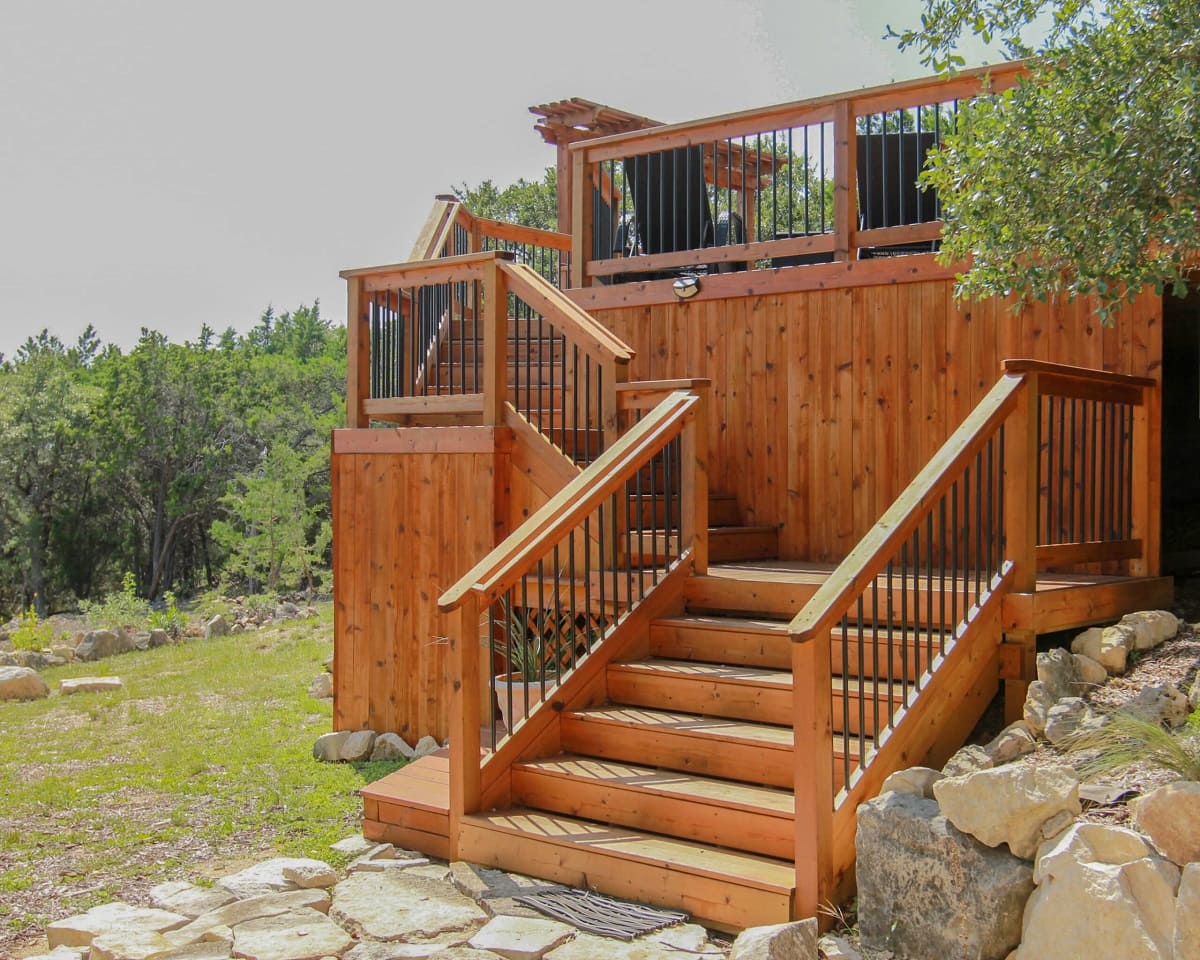
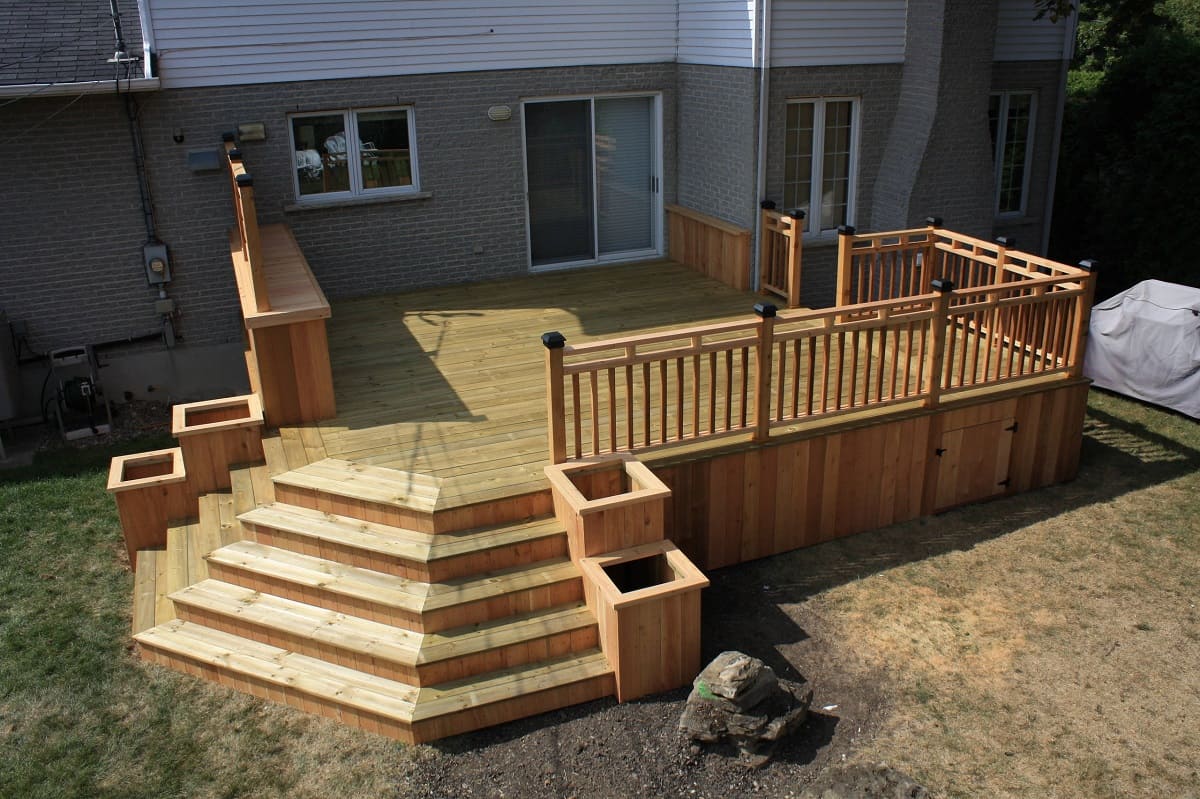
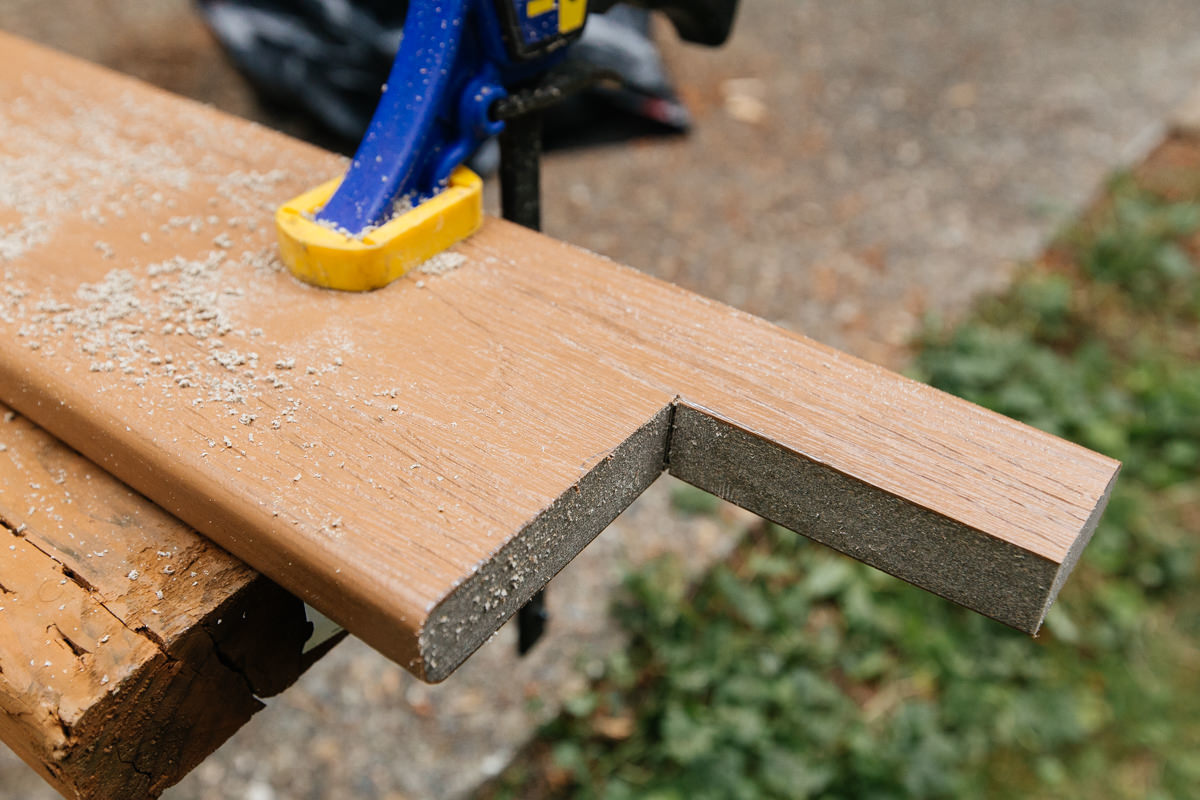
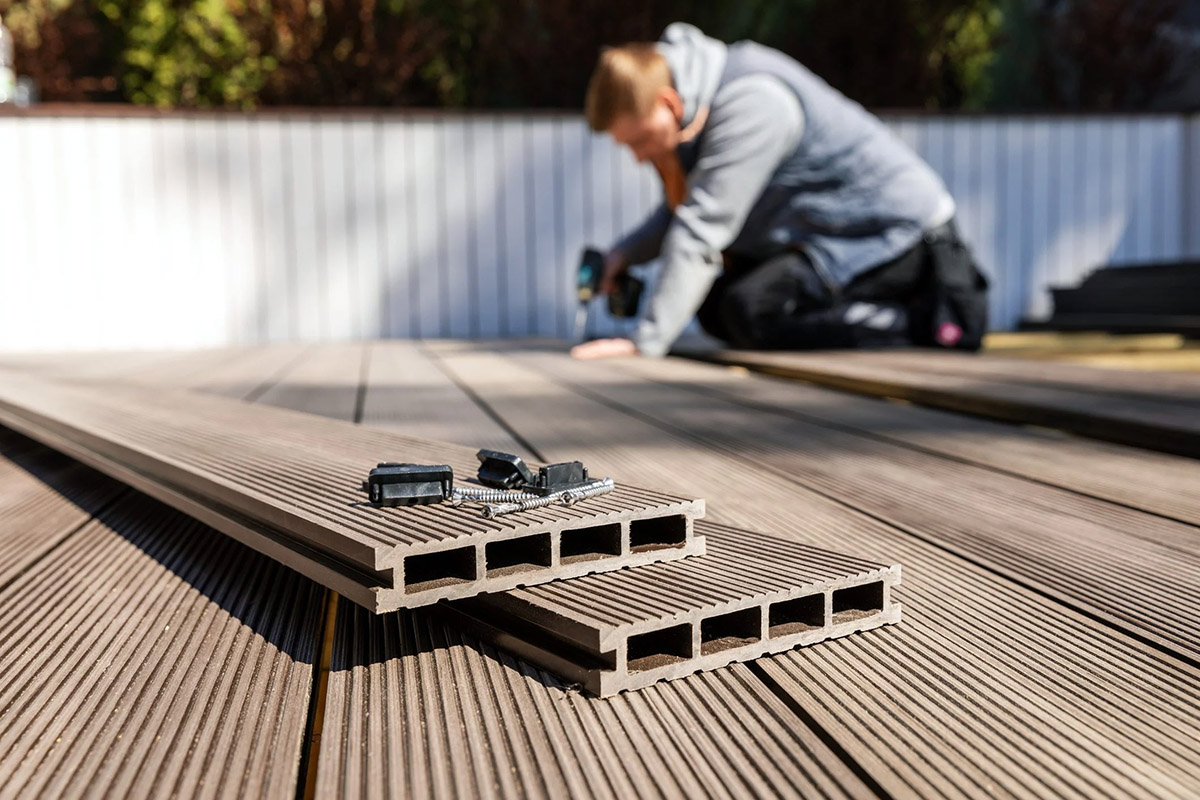
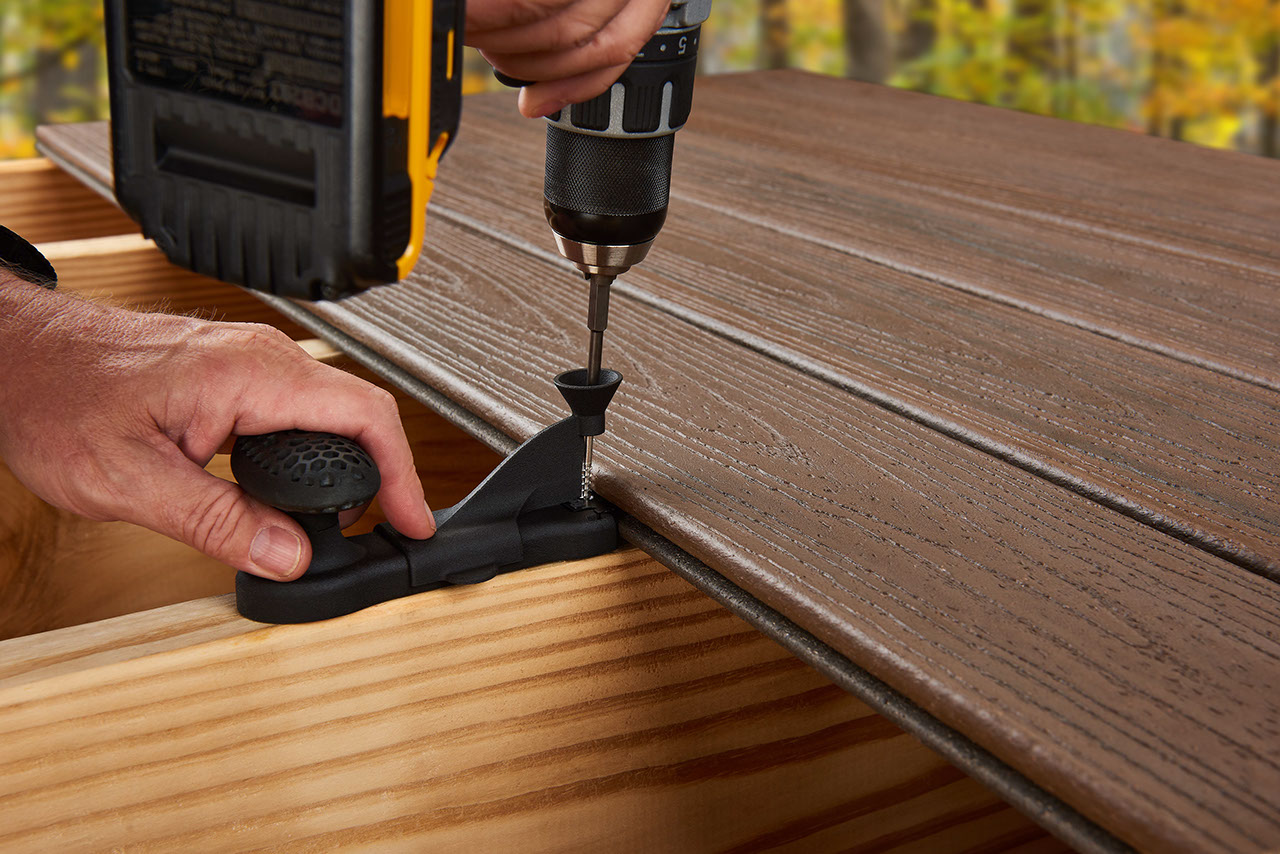
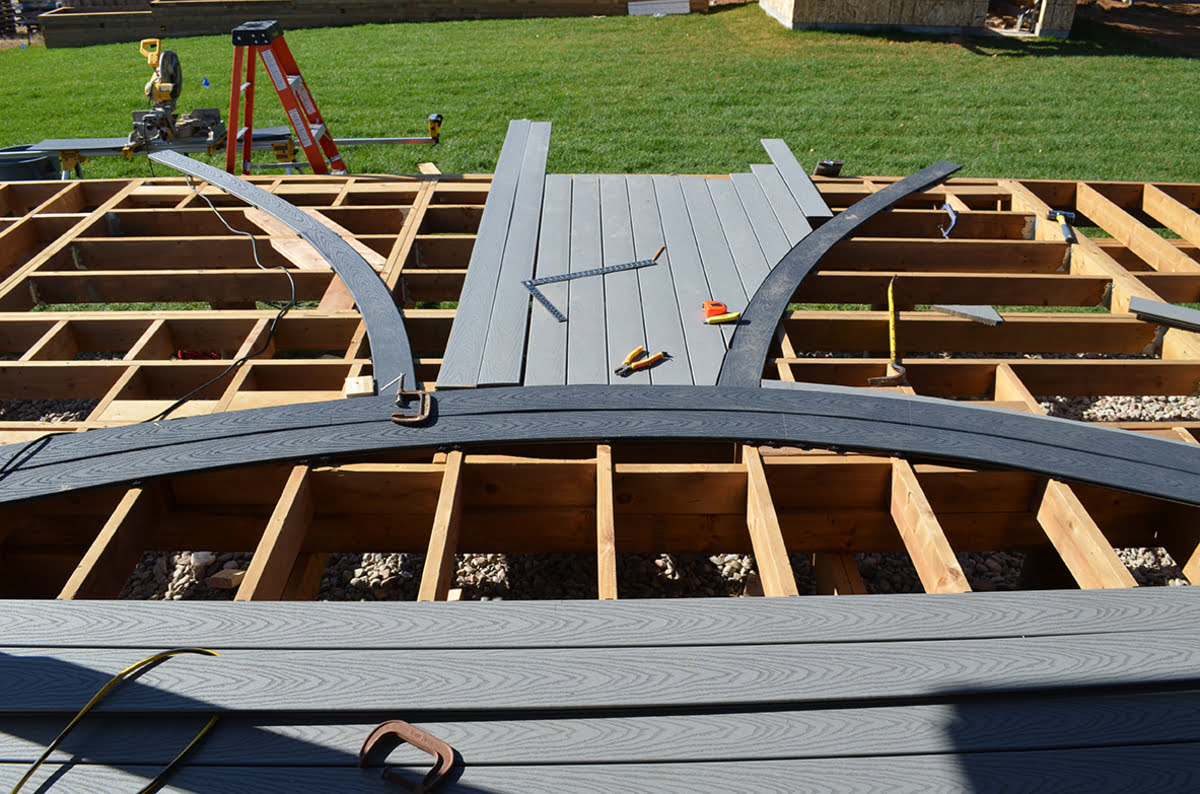
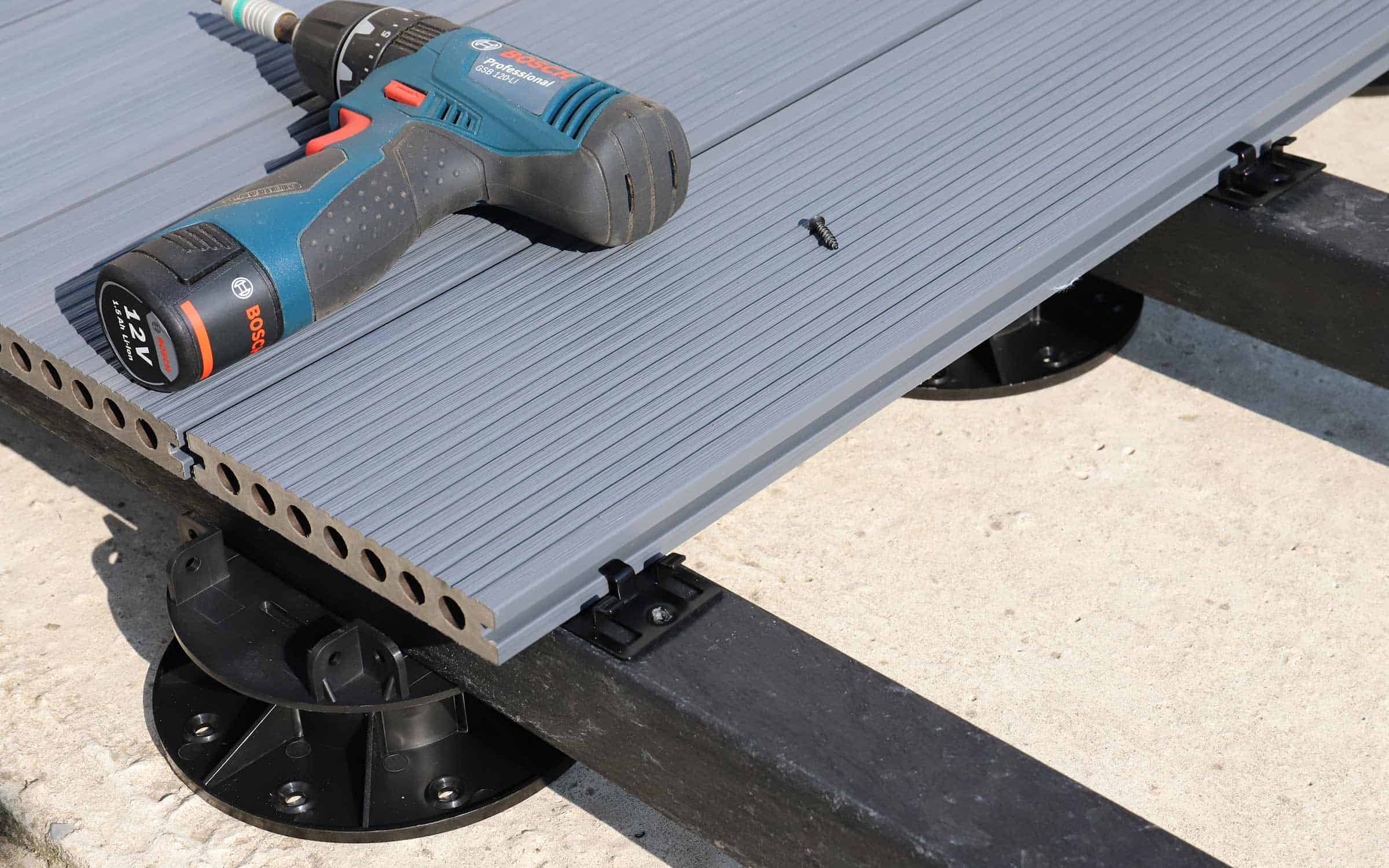
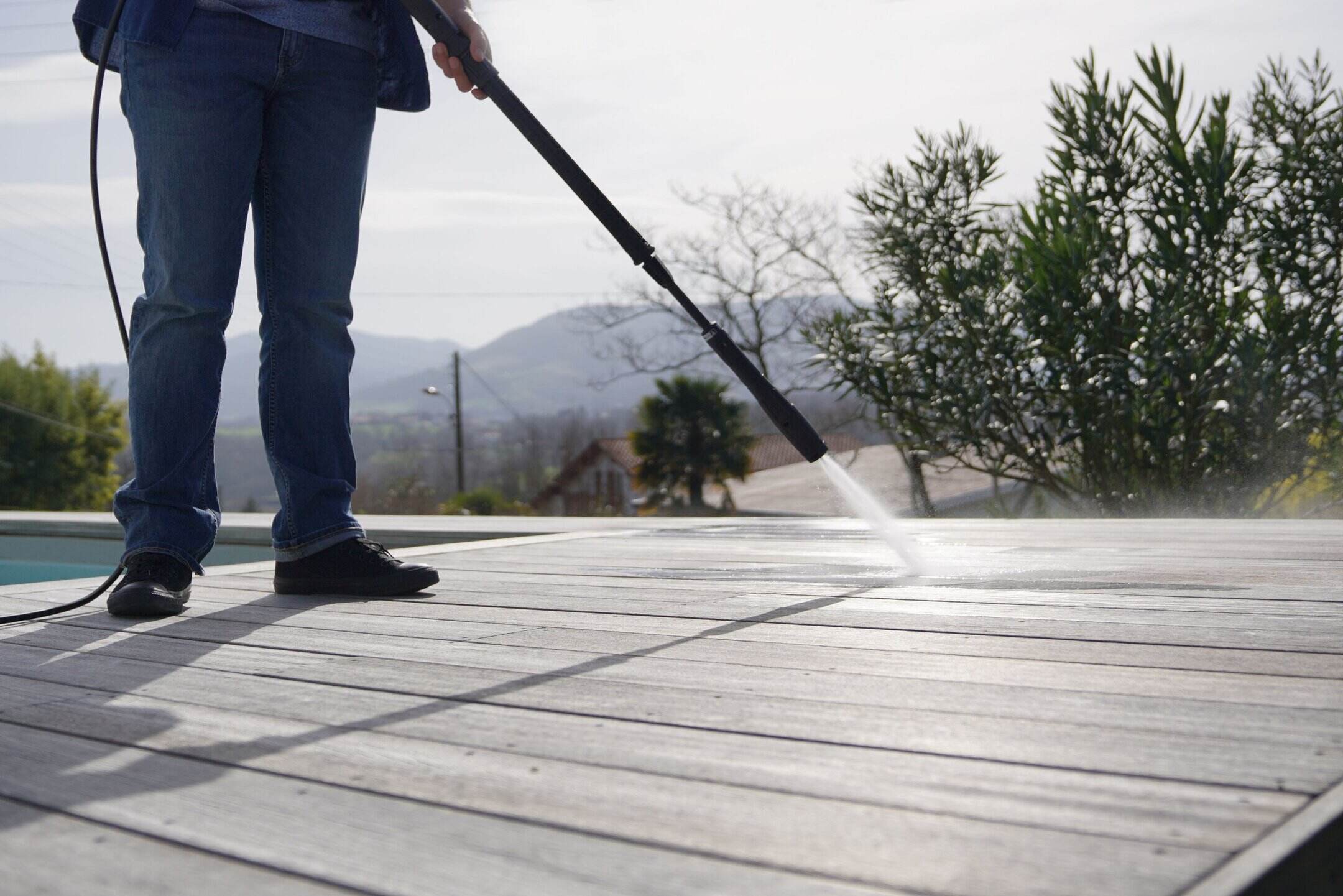
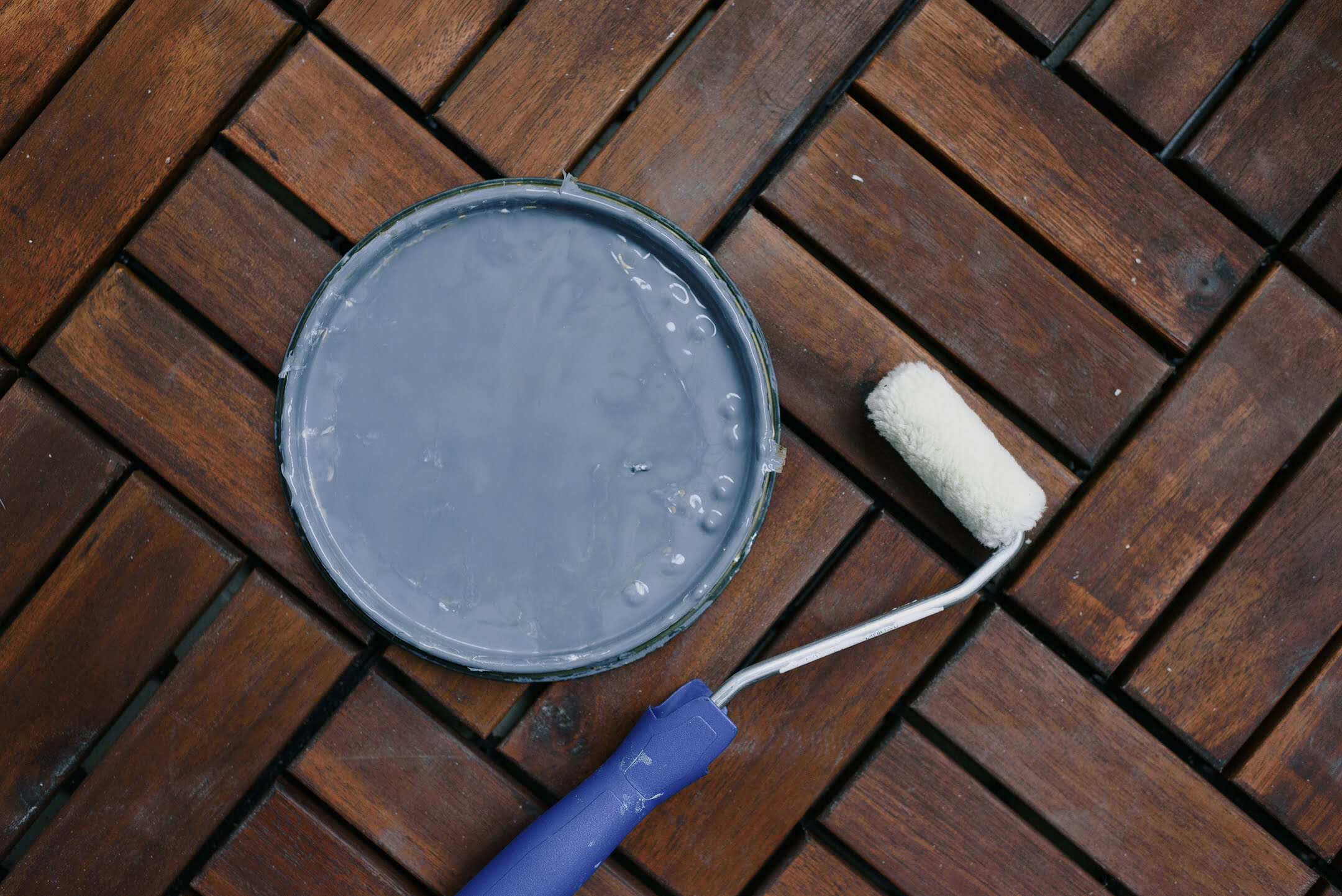
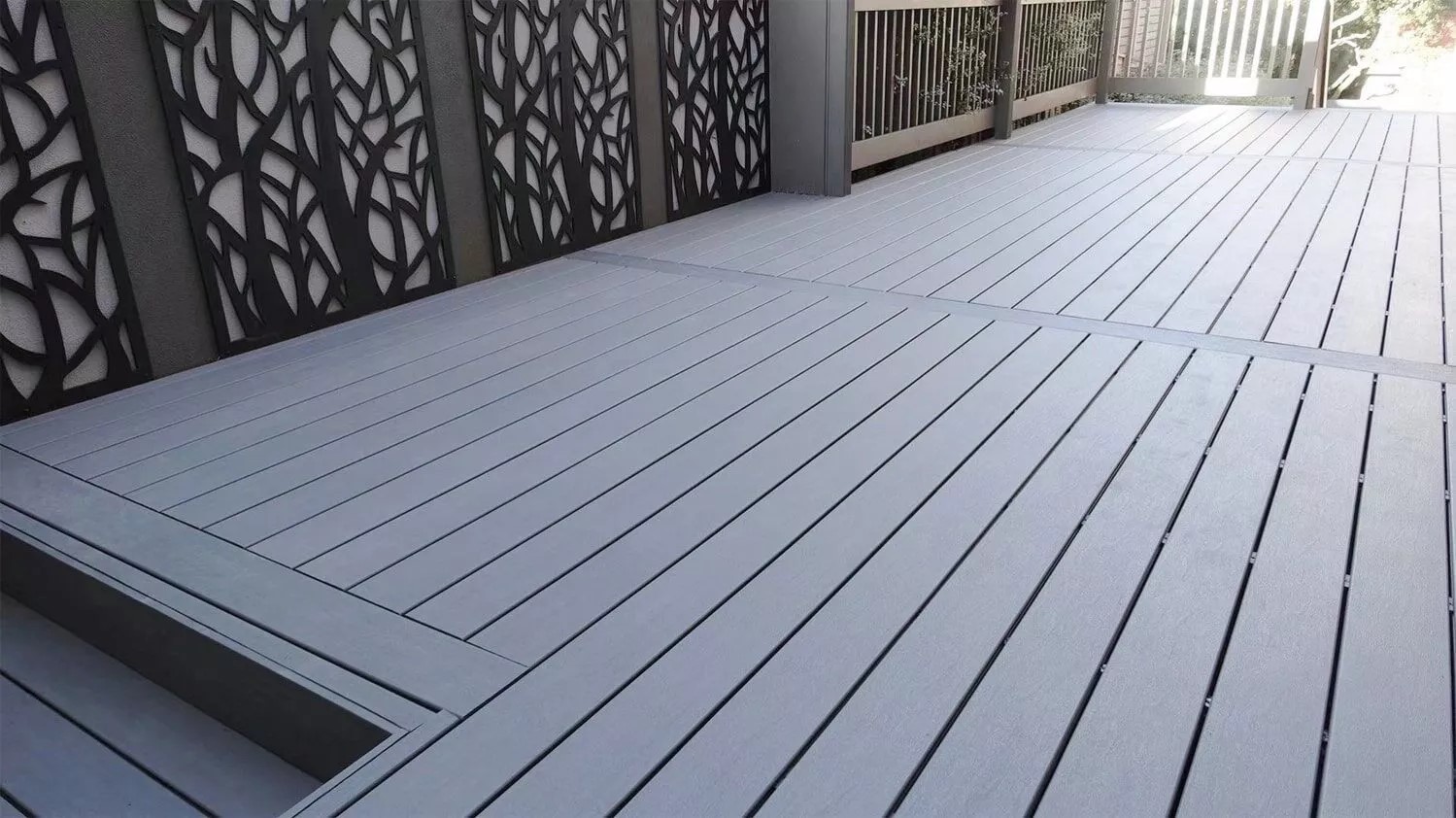
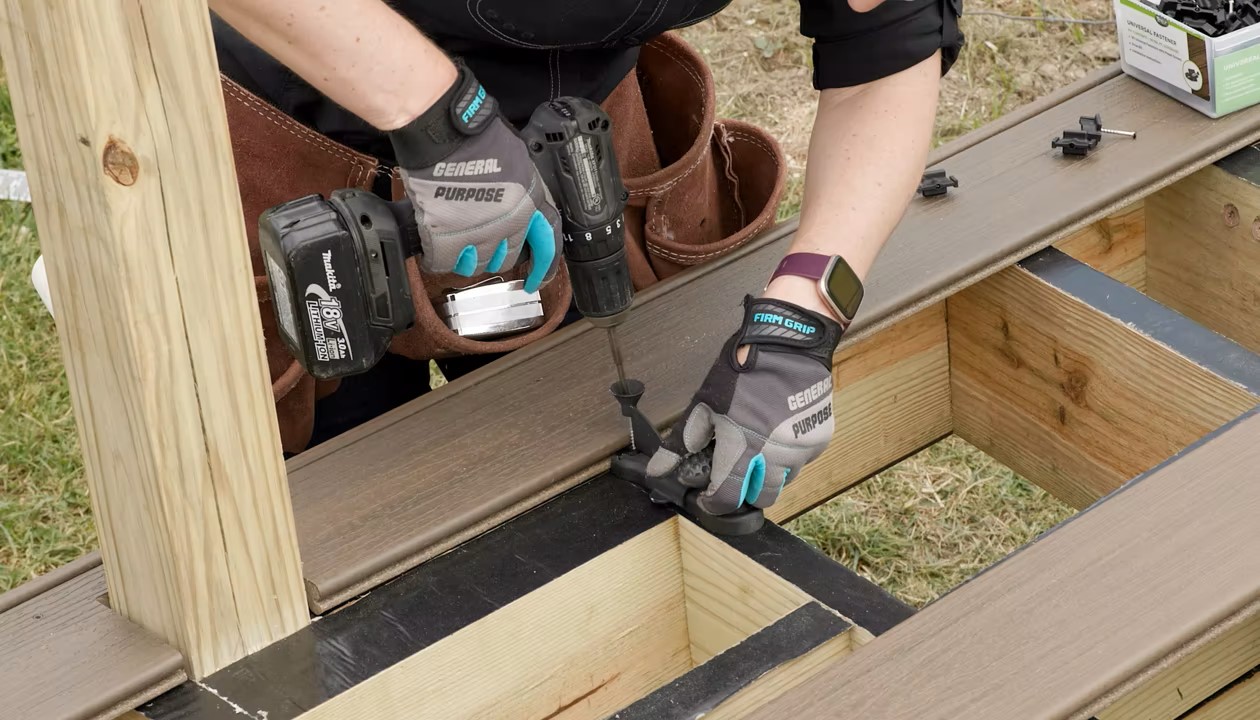
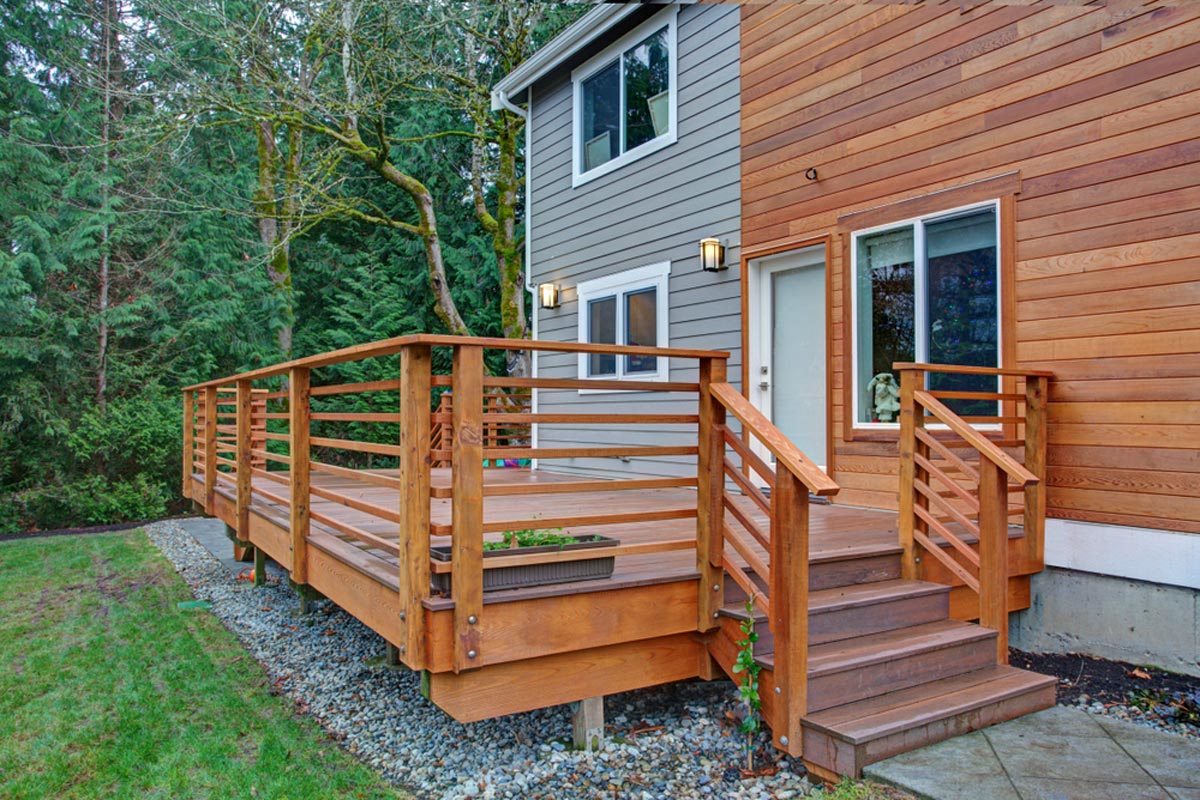
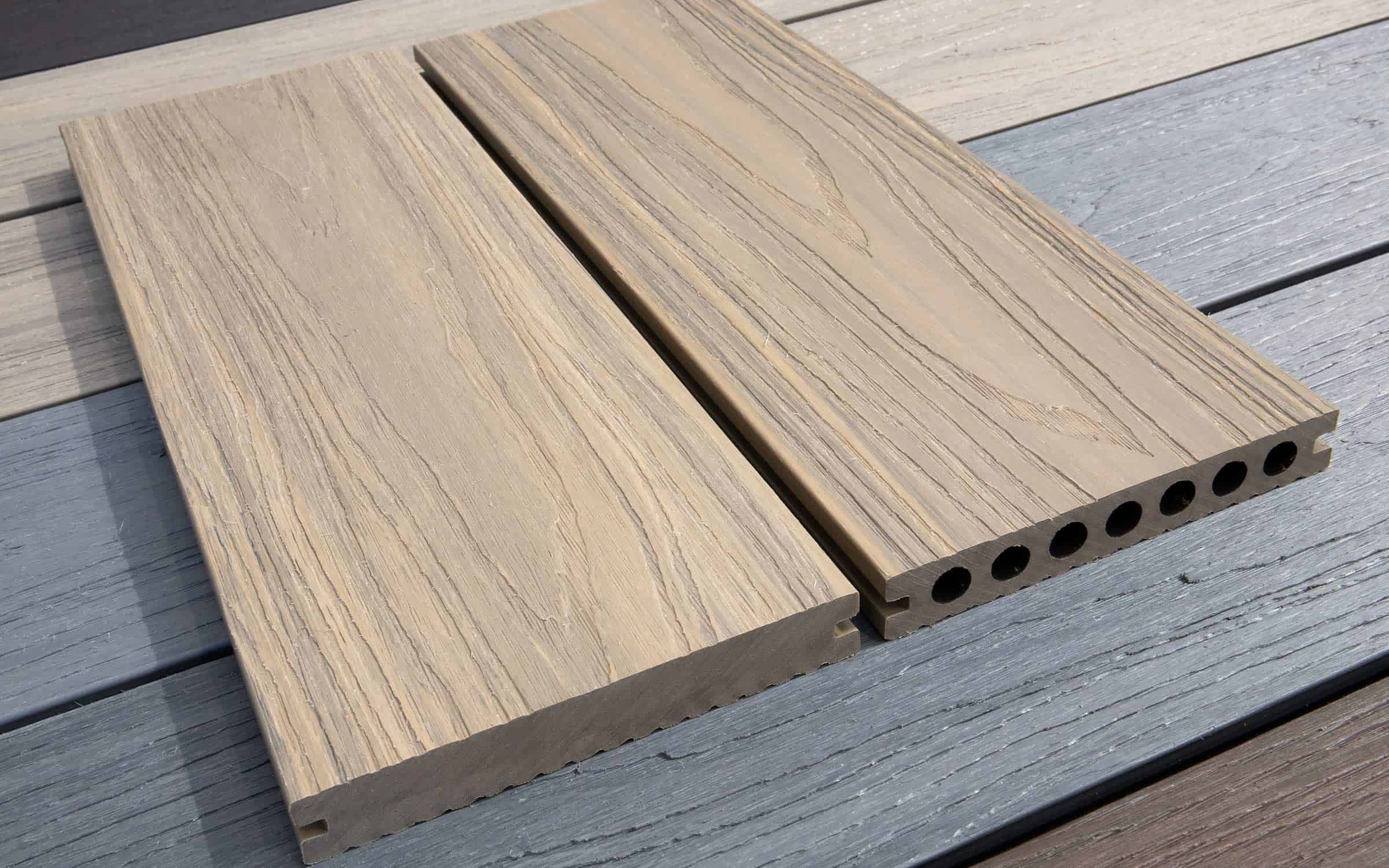
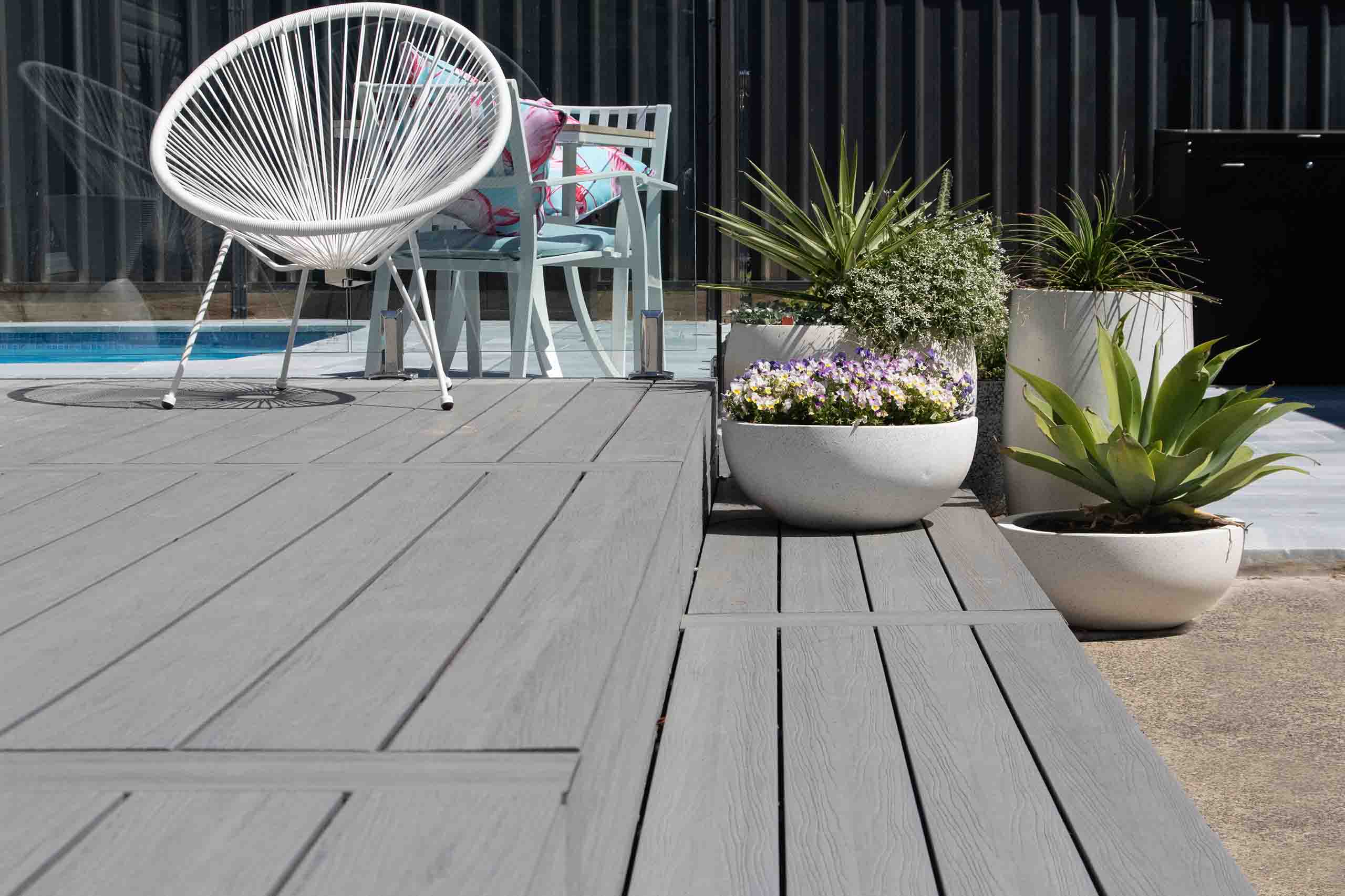

0 thoughts on “How To Build Composite Deck Stairs”